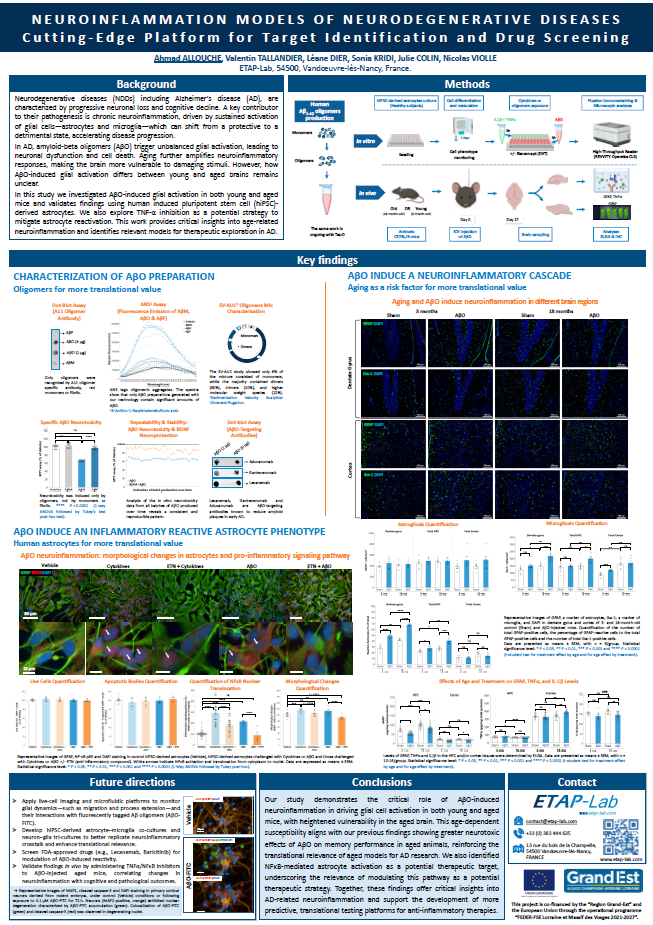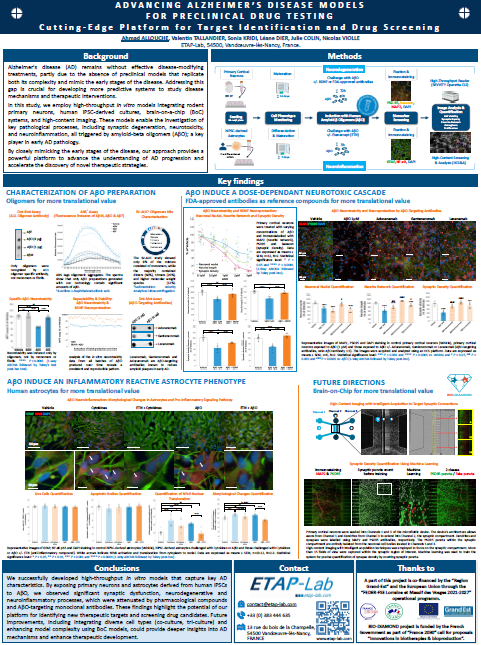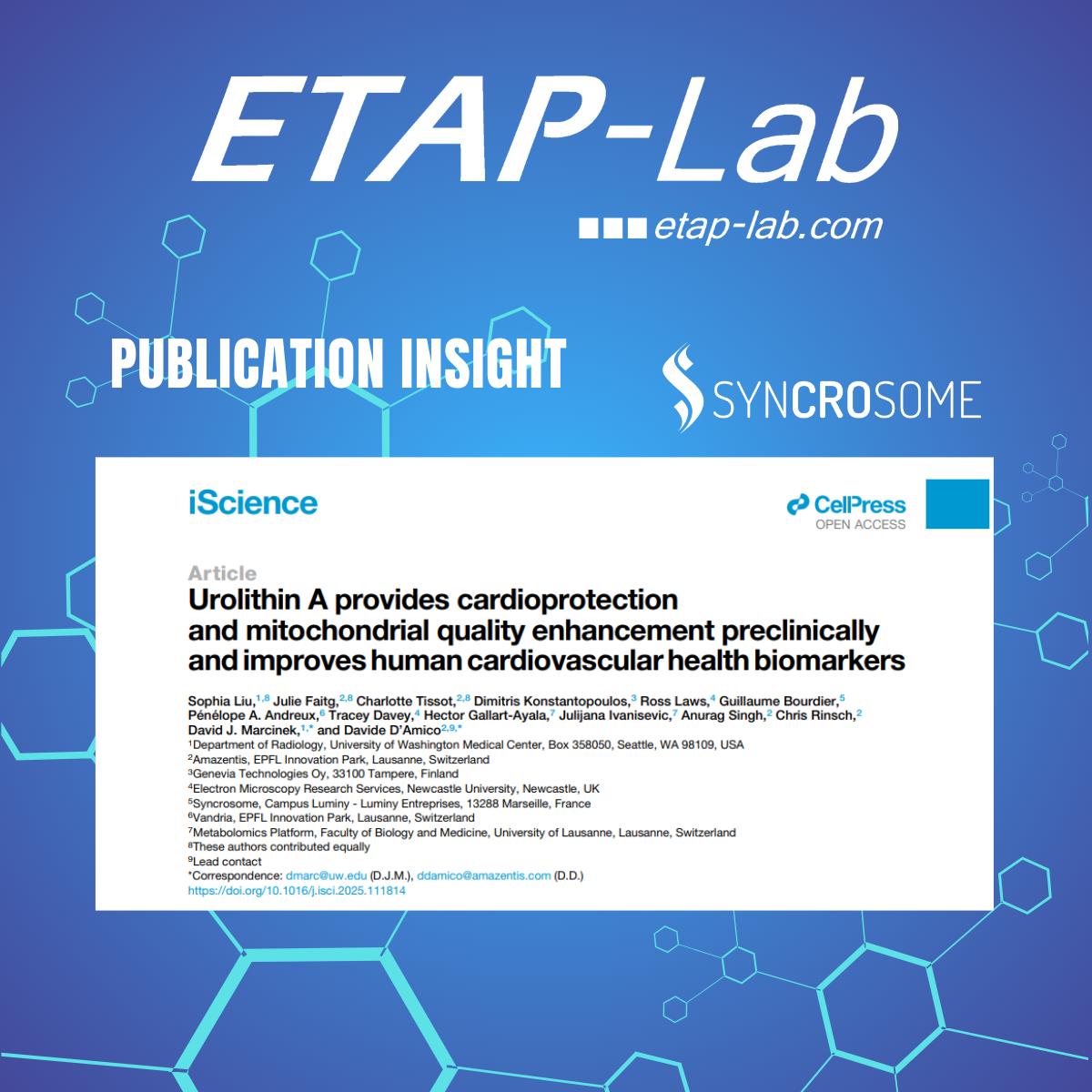Behavioral toxicity and physiological changes from repeated exposure to fluorene administered orally or intraperitoneally to adult male Wistar rats: A dose-response study
Peiffer J, Grova N, Hidalgo S, Salquèbre G, Rychen G, Bisson JF, Appenzeller BMR, Schroeder H. - 2016, Neurotoxicology, 53:321-333.
Fluorene is one of the most abundant polycyclic aromatic hydrocarbons (PAHs) in the environment by reason of its high volatility. Demonstrated to be a neurotoxicant through inhalation, it was also identified as a contributive PAH to food contamination. Since no data are available on its oral neurotoxicity, the purpose of the present study was to assess the behavioral and physiological toxicity of repeated oral administration of fluorene to adult Wistar male rats. Animals were daily treated with fluorene at 1, 10 or 100mg/kg/day for 28 consecutive days. Administration was intraperitoneal (i.p.) or oral (p.o.) to evaluate the influence of the route of exposure on fluorene toxicity. Following this period of treatment, animals in both groups were subjected to similar cognitive evaluations, namely anxiety (elevated-plus maze), locomotor activity (open-field) and learning and memory abilities (eight-arm maze and avoidance test of an aversive light stimulus), as well as physiological measurements. The behavioral testing occurred from the 28th to the 60th day of the experiment during which fluorene treatment continued uninterrupted. At the end of this period, the concentration levels of fluorene and of three of its monohydroxylated metabolites in blood and brain were determined using a GC-MS/MS method. The results demonstrated a reduction in rat anxiety level at the lowest doses administered (1 and 10mg/kg/day) regardless of the treatment route, whereas locomotor activity and learning abilities remained unchanged. Moreover, a less significant weight gain was noticed in animals i.p.- and p.o.-treated with 100mg/kg/day during the 28-day period of treatment, which, upon comparison with the three other groups, induced a body weight gap that was maintained throughout the experiment. Significant increases in relative liver weight were also observed in a dose-dependent manner in orally treated rats and only in animal treated i.p. with 100mg/kg/day. According to the dose, higher concentration levels of fluorene and its monohydroxylated metabolites were measured in blood and brain compartments of i.p.-treated rats compared to p.o.-treated animals. In conclusion, fluorene reduced the anxiety level of rats related to dose, treatment route, duration of exposure and blood concentration levels of metabolites.
Link to Pubmed





